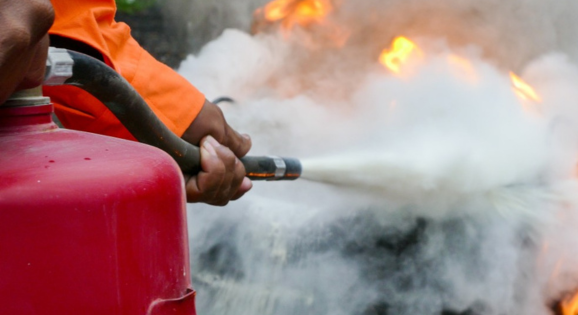
How Changing Climate Patterns and Extreme Weather Events Impact Fire Safety
How Changing Climate Patterns and Extreme Weather Events Impact Fire Safety
Changing climate patterns and extreme weather events, as well as climate change, have significant implications for fire safety as a result. In this article, we examine the ways in which these environmental shifts affect fire risks, fire behavior, and fire safety measures. We can mitigate the increasing challenges posed by climate change by better preparing and adapting our safety practices if we understand these connections.
-
Increasing Frequency and Intensity of Wildfires:
- The increased occurrence and severity of wildfires worldwide is linked to climate change.
Find out how rising temperatures, prolonged droughts, and changes in precipitation patterns contribute to wildfire conditions.
To combat this growing threat, emphasize the importance of proactive fire prevention, early detection systems, and robust firefighting strategies.
-
Heatwaves and Fire Risks:
- Explain how heatwaves, exacerbated by climate change, intensify fire risks by drying out vegetation, increasing fuel availability, and elevating temperatures.
- Discuss the challenges faced by firefighters in extreme heat conditions and the need for specialized equipment, hydration protocols, and modified response strategies.
- Emphasize the importance of public awareness and individual responsibility in preventing human-caused fires during heatwave events.
-
Drought Conditions and Fire Vulnerability:
- Examine the relationship between climate-driven droughts and their impact on fire safety.
- Discuss how prolonged dry periods contribute to the heightened flammability of vegetation and the potential for rapid fire spread.
- Highlight the significance of water scarcity for firefighting efforts and the need for efficient water management and alternative firefighting techniques in drought-prone areas.
- Extreme Weather Events and Fire Safety Preparedness:
- Explore how extreme weather events like hurricanes, cyclones, and thunderstorms influence fire risks and fire safety measures.
- Discuss the challenges faced during such events, including compromised evacuation routes, power outages affecting fire suppression systems, and the need for coordinated emergency response.
- Advocate for comprehensive emergency planning, including evacuation protocols, communication systems, and community resilience strategies.
- Impact on Urban Fire Safety:
- Examine the implications of changing climate patterns for fire safety in urban areas, taking into account the urban heat island effect, higher population density, and increased vulnerability to wildfires.
- Discuss urban planning strategies that prioritize fire-resistant materials, green spaces, and effective evacuation routes.
- Emphasize the importance of community involvement and engagement in fire prevention and preparedness initiatives.
- Building Resilience through Adaptation:
- Explore innovative fire safety practices and technologies that can help communities adapt to changing climate patterns and extreme weather events.
- Highlight the role of resilient building designs, fire-resistant materials, and advanced detection systems in reducing fire risks.
- Advocate for interdisciplinary collaboration among scientists, policymakers, and stakeholders to develop effective adaptation strategies.
Conclusion:
Our environment continues to be shaped by climate change, so it is crucial to recognize how it impacts fire safety. Fire prevention, emergency response, and community resilience can be enhanced by understanding the links between changing climate patterns and extreme weather events. Moreover, we can build a safer and more sustainable future in the face of a changing climate through collective efforts.
People also For – Fire Protection & Prevention in Abu Dhabi | Fire safety system | Fireman Services in abhudhabi
